All about early thyme
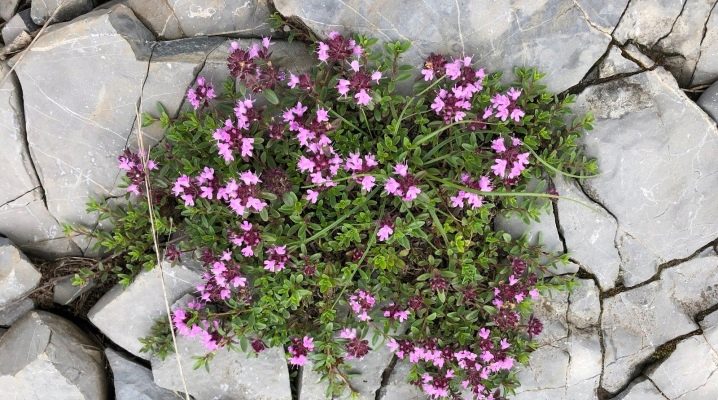
Thyme (thyme) is a favorite plant of many gardeners. It is unpretentious to soil and weather conditions, so it can be planted both in flower beds and boxes, and in open soil. Its leaves and flowers create a dense veil that is pleasing to the eye and also brings out the familiar spicy scent.
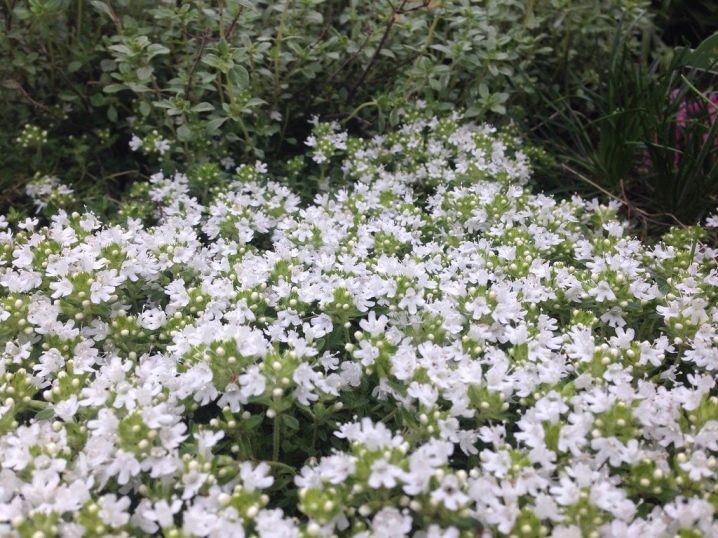
Description
Thyme is one of the representatives of the vast (about 400 species) family of the laminoceae. Most of these crops grow in the territory of the CIS countries. It is a perennial plant, only about 5-10 cm high. It blooms in mid-summer. The light purple flowers are small and fragrant, as are the rounded leaves.
Often, it is thyme, because of its aesthetic appearance, that is used as a carpet plant, as well as when creating decorative flower beds, borders or other group plantings.
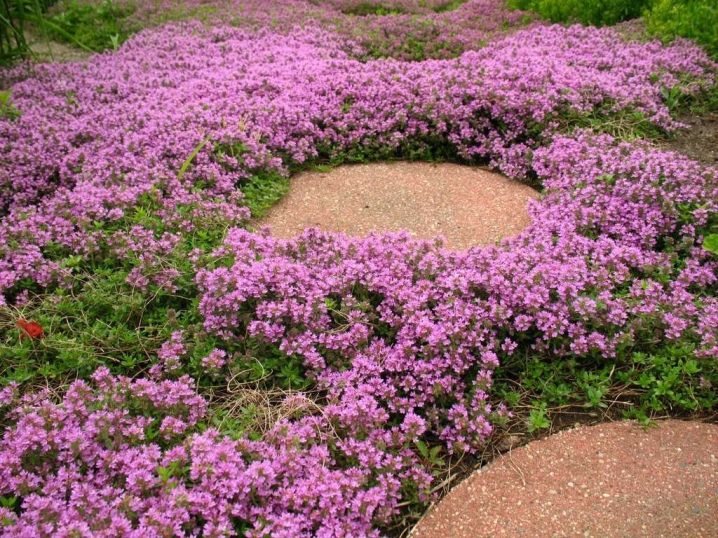
Varieties
There are many varieties of thyme, but only a few of them are common among gardeners.
- "Minor" is perhaps the most popular variety of thyme. The plant is a small shrub with small flowers and leaves. When massively planted, the texture resembles a fluffy knitted sweater. Despite the inconspicuousness of the flowers separately, together with the greenery, they create a juicy bright cover. Often, such a thyme can be found in the decorations of alpine hills, flower beds, ponds, etc. The dense cover without bald spots will delight the owners with rich flowers and a pleasant smell during June-July, after which flowering ends, leaving only a light green cover.
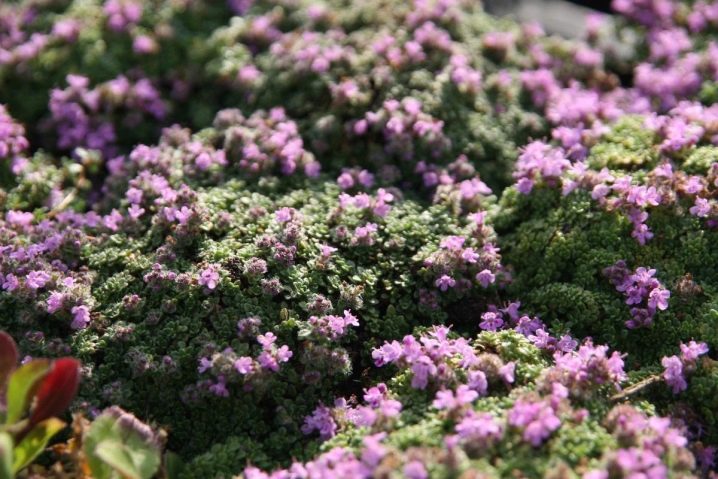
- The second most popular variety of early thyme - Pseudolanuginosus... In the period before flowering, it is difficult to distinguish it from the previous variety, but on the very eve of flowering, you can notice cardinal changes with the naked eye.
Large purple flowers begin to bloom, occupying almost the entire space so that greenery is not visible at the height of flowering. It is not just that the name of this variety is translated as "false fluffy".
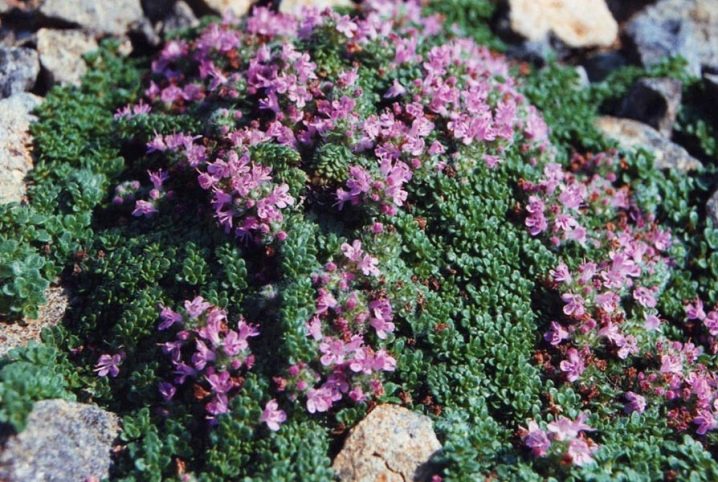
A few more popular varieties:
- Albiflorus;
- "Coccineus";
- Creeping Red;
- Halls Var;
- Red Carpet.
- Thymus praecox Albiflorus.
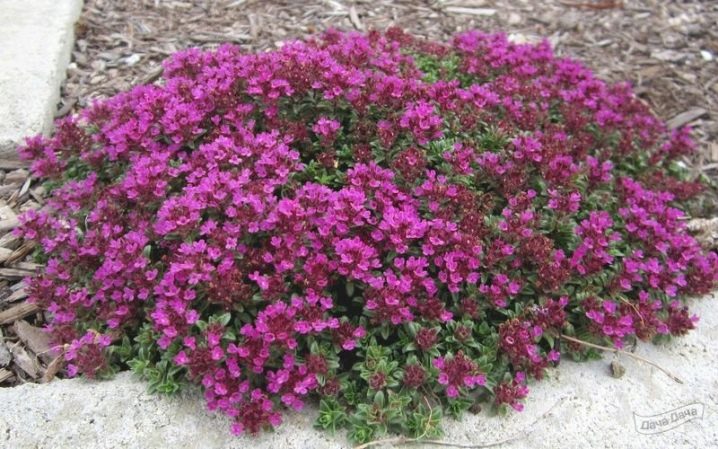
Landing
The best place for thyme is under the open sun. If you plant it in the shade, then the stems will begin to stretch excessively, which can ruin the aesthetic appearance of the shrub. Penumbra, although acceptable, is undesirable.
The plant thrives in neutral or alkaline, light in composition soil. If you have to plant it in dense clay soil, it is worth using drainage so that the stems and leaves near the ground do not undermine.
Thyme is usually planted in early autumn, so that by winter it has time to get stronger and take root.

Care
Thyme does not need fertilizers. Small amounts of compost or horny flour are suitable for it. He takes all the substances necessary for growth from the soil. Also, the plant feels good without additional watering. But if the summer turned out to be especially hot and dry, it is still worth irrigating it occasionally so that the flowering remains as lush and abundant.
Also, thyme is practically not susceptible to any diseases and pests, which makes it possible not to process it additionally.
In August, after the flowering of the bushes is over, it is recommended to shorten them by about 1/3 of the length to a stiff part. This will allow not only to shape the bushes, but also to additionally compact them on the eve of winter.
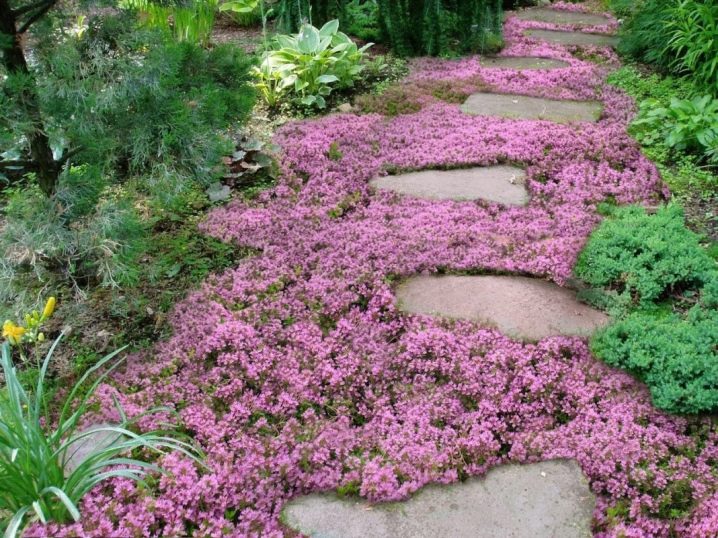
Reproduction
Thyme is a plant that can be propagated in one of several ways.
- Seeds... This is a great option if you need to cover a large area with vegetation in a short time.Seeds are planted in the spring directly in the garden. While the sprouts are very young, they must be weeded periodically so that the weeds do not interfere with the development of the roots. Also, seeds can be planted in advance at home, and already grown and matured sprouts can be transplanted into open ground. In this case, it is worth choosing the lightest soil in composition, for example, a mixture of peat and sand in a 1: 1 ratio. As soon as the first shoots appear, the soil must be moistened and the temperature lowered.
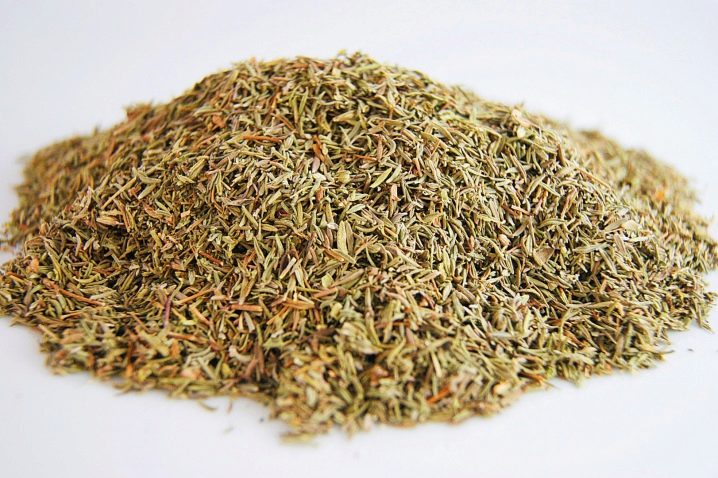
- Cuttings... To do this, you need to cut off a stalk of no more than 5 cm from the shoot and plant it in a greenhouse for growing or immediately to a permanent place under a jar, moderately moisturizing from time to time. Rooting occurs in 2-3 weeks.
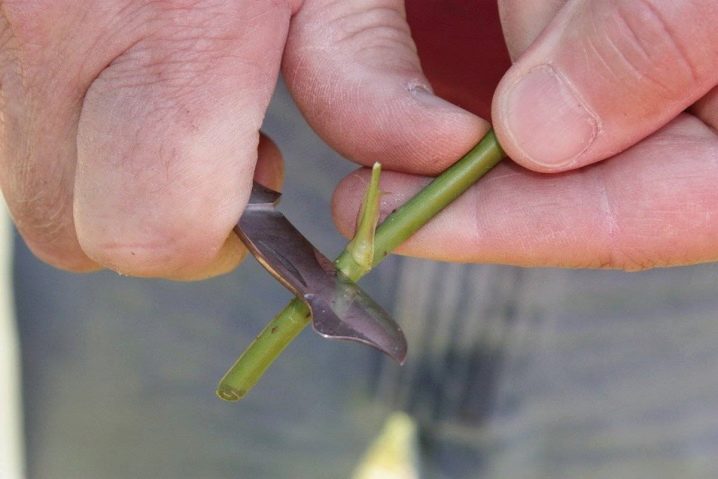
- By dividing the bush. It is necessary to dig out a bush and carefully divide the roots, and then plant parts of the plant in pre-prepared places.
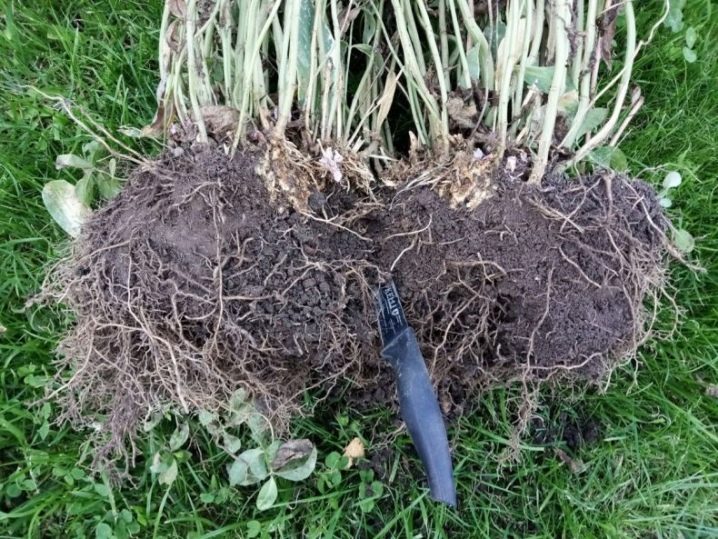








The comment was sent successfully.